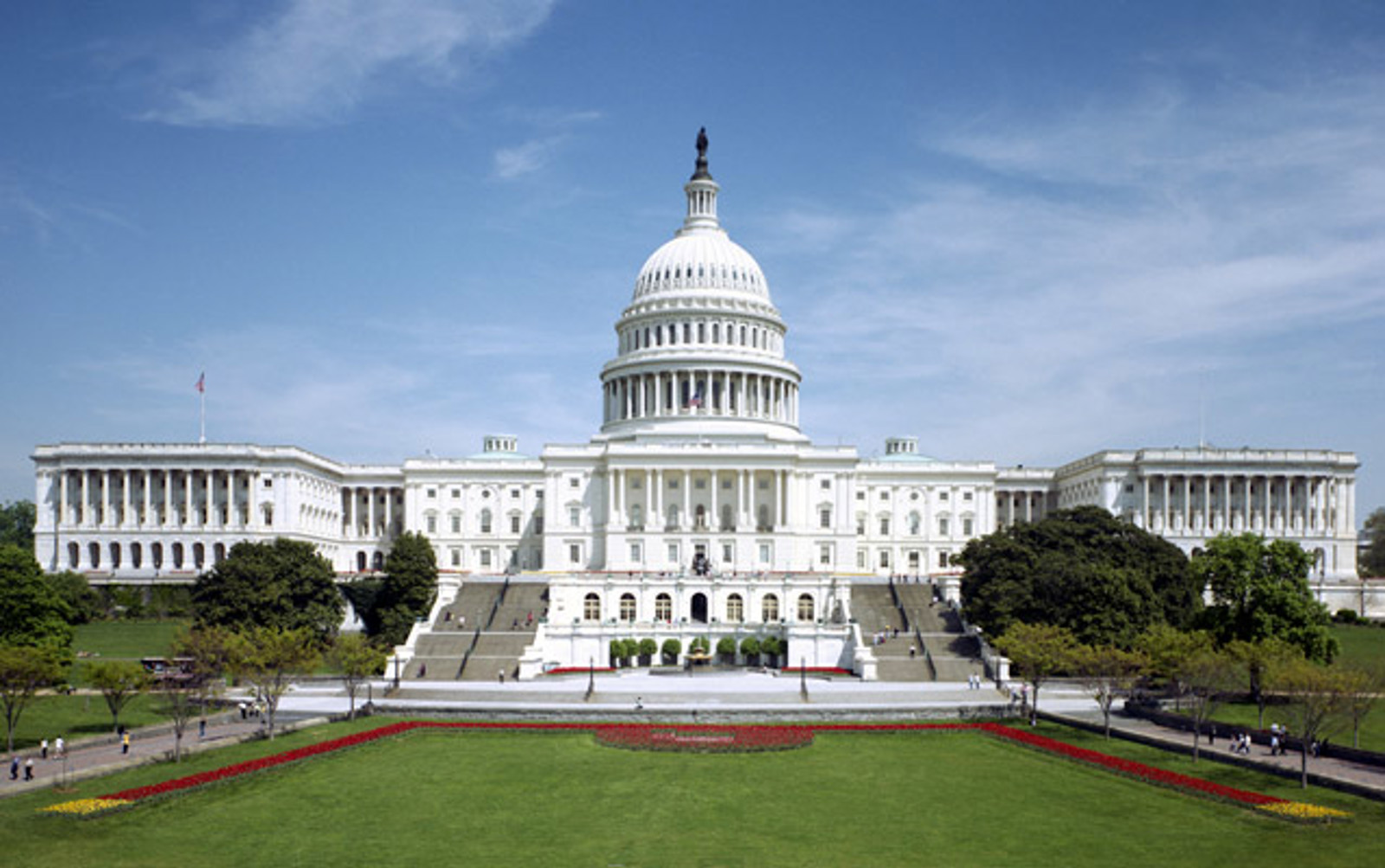February 02, 2023
Data Show HEERF Funds Clearly Helped Students Stay in College
The Department of Education released its 2021 Annual Performance Report detailing the distribution and use of Higher Education Emergency Relief Funds (HEERF) from all three pandemic recovery bills through 2021. The report shows that the $76 billion provided to colleges and universities across the country provided the intended results and unequivocally helped millions of students stay enrolled and colleges to stay open.
The top line data for 2022 was also available and show that by the end of 2022, 90% of the overall funds had been spent. The report also showed that more than 18 million students were helped by the student portion of the emergency grants. These grants helped students stay in school by paying tuition, meeting basic needs for food, housing, and transportation, and providing computers and internet access for online classes. Eighty percent of Pell Grant recipients received emergency grants, with an average grant of $2,000. Non-Pell recipients received an average grant of $1,000.
The 1,589 private, nonprofit colleges and universities (two and four-year) that participated in HEERF received $14 billion for student and institutional needs. Of the 5.3 million students at four-year private, nonprofit colleges, 2.3 million, or 43%, received emergency grants, with an average grant of $1,719. The 41,000 students at private, nonprofit two-year colleges received an average grant of $1,951.
Under-resourced institutions, such as Historically Black Colleges and Universities, Minority-Serving Institutions, Tribal Colleges and Universities, and Strengthening Institutions Program colleges received additional HEERF allocations, which predominantly were awarded as student grants.
Institutional funds were used mainly for lost revenue, which covered enrollment decline and room and board losses. Funds were also used for campus safety, technology and internet access, and discharging student account balances. Across all sectors, more than 1,400 institutions spent nearly $1.5 billion on discharging unpaid student account balances.
Additional searchable data is available on the Education Stabilization Fund site.
The pandemic recovery bills represent the first time the federal government directly allocated funds to help students and institutions through an economic downturn. Institutions’ quick response to getting grants to students and using funds to remain open reflects the value of such precedent-setting support.
The top line data for 2022 was also available and show that by the end of 2022, 90% of the overall funds had been spent. The report also showed that more than 18 million students were helped by the student portion of the emergency grants. These grants helped students stay in school by paying tuition, meeting basic needs for food, housing, and transportation, and providing computers and internet access for online classes. Eighty percent of Pell Grant recipients received emergency grants, with an average grant of $2,000. Non-Pell recipients received an average grant of $1,000.
The 1,589 private, nonprofit colleges and universities (two and four-year) that participated in HEERF received $14 billion for student and institutional needs. Of the 5.3 million students at four-year private, nonprofit colleges, 2.3 million, or 43%, received emergency grants, with an average grant of $1,719. The 41,000 students at private, nonprofit two-year colleges received an average grant of $1,951.
Under-resourced institutions, such as Historically Black Colleges and Universities, Minority-Serving Institutions, Tribal Colleges and Universities, and Strengthening Institutions Program colleges received additional HEERF allocations, which predominantly were awarded as student grants.
Institutional funds were used mainly for lost revenue, which covered enrollment decline and room and board losses. Funds were also used for campus safety, technology and internet access, and discharging student account balances. Across all sectors, more than 1,400 institutions spent nearly $1.5 billion on discharging unpaid student account balances.
Additional searchable data is available on the Education Stabilization Fund site.
The pandemic recovery bills represent the first time the federal government directly allocated funds to help students and institutions through an economic downturn. Institutions’ quick response to getting grants to students and using funds to remain open reflects the value of such precedent-setting support.
For more information, please contact:
Stephanie T. Giesecke

